Afghanistan is a land of contrasts—rugged mountains, lush valleys, and ancient cities that tell stories of empires past. Despite its challenges, the country is welcoming more tourists, drawn by its untouched beauty and warm hospitality. Whether you’re a history buff, nature lover, or culture enthusiast, Afghanistan has something special for you. Here are the top 10 places that make it a must-visit destination.
1. Bamiyan Valley – A Window to Ancient History
Nestled in the heart of Afghanistan, Bamiyan Valley is a UNESCO World Heritage Site that feels like a step back in time. Once home to two giant Buddha statues carved into cliffs, this valley still captivates with its serene beauty and historical significance. The statues may be gone, but the caves, monasteries, and stunning mountain views remain.
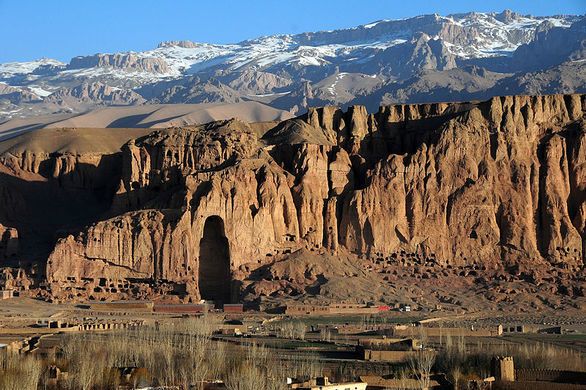
Why Visit?
- Explore ancient caves once inhabited by monks.
- Enjoy the peaceful atmosphere and dramatic landscapes.
- Learn about Afghanistan’s Buddhist past.
Tip: Visit in spring (April-June) for mild weather, and hire a local guide to uncover hidden stories.
2. Band-e Amir National Park – Nature’s Masterpiece
Picture six sparkling blue lakes surrounded by rugged mountains—this is Band-e Amir, Afghanistan’s first national park. The crystal-clear waters and dramatic cliffs create a surreal, almost magical scene that’s perfect for hikers and photographers.
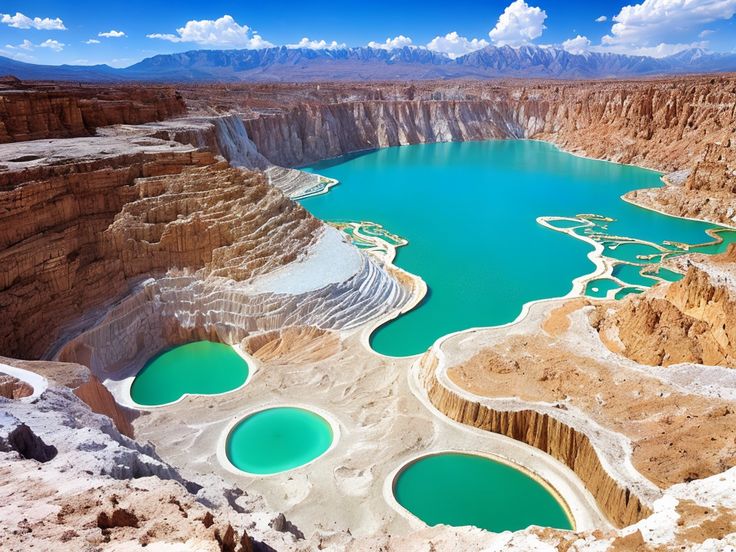
Why Visit?
- Hike around the lakes for jaw-dropping views.
- Capture the vibrant blue waters against the rocky landscape.
- Experience Afghanistan’s untouched natural beauty.
Tip: Bring sturdy shoes and plenty of water, as the terrain can be rocky. Summer is the best time to visit.
3. Mazar-e Sharif – The Blue Mosque Marvel
Mazar-e Sharif is home to the iconic Shrine of Hazrat Ali, also known as the Blue Mosque. Its turquoise domes and intricate tiles make it one of the most beautiful places in Afghanistan. Pilgrims and tourists alike flock here to soak in its spiritual and architectural charm.
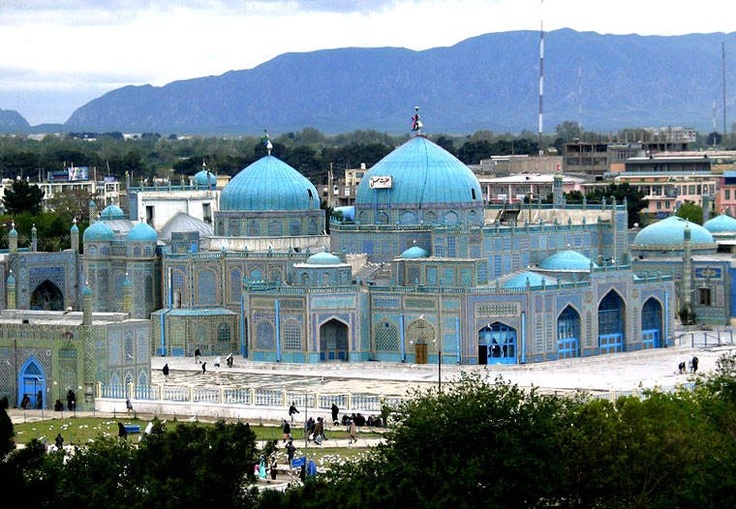
Why Visit?
- Admire the stunning Islamic architecture.
- Wander through lively bazaars nearby.
- Witness the vibrant Nawroz (New Year) celebrations in March.
Tip: Dress modestly and visit in the evening for a magical sunset view.
4. Herat – A Blend of Persian and Afghan Culture
Herat, close to the Iranian border, is a city steeped in history and Persian influence. The Herat Citadel, Friday Mosque, and Musalla Minarets are architectural gems that tell tales of the Timurid dynasty. The city’s bustling bazaars are perfect for picking up handwoven carpets and blue glass souvenirs.
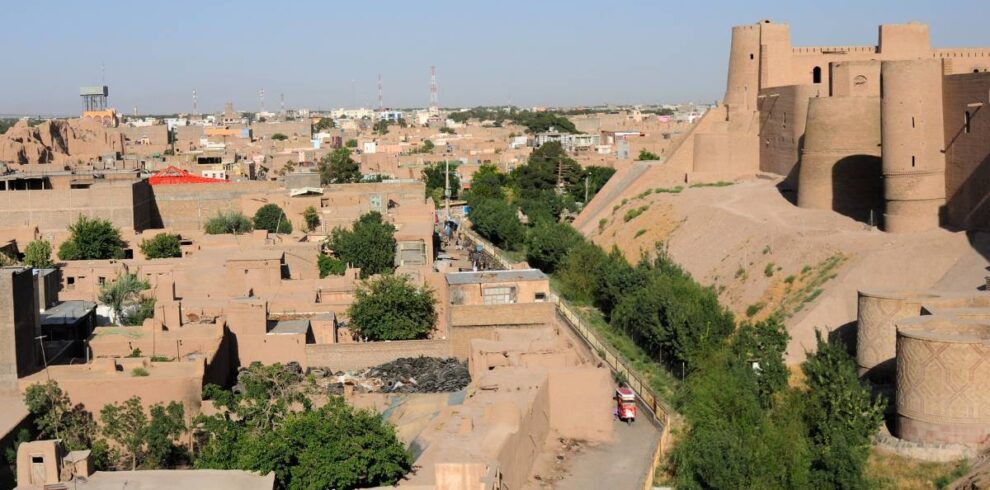
Why Visit?
- Explore the ancient Herat Citadel.
- Marvel at the Friday Mosque’s turquoise mosaics.
- Shop for unique Afghan crafts in the old city.
Tip: Spring and fall are ideal for comfortable temperatures. Engage a local guide for deeper insights.
5. Kabul – The Heart of Afghanistan
Kabul, the capital, is a vibrant mix of old and new. Despite its challenges, the city offers a glimpse into Afghan daily life. Visit the Babur Gardens for a peaceful escape, explore the National Museum for historical treasures, or stroll through Chicken Street for antiques and handicrafts.
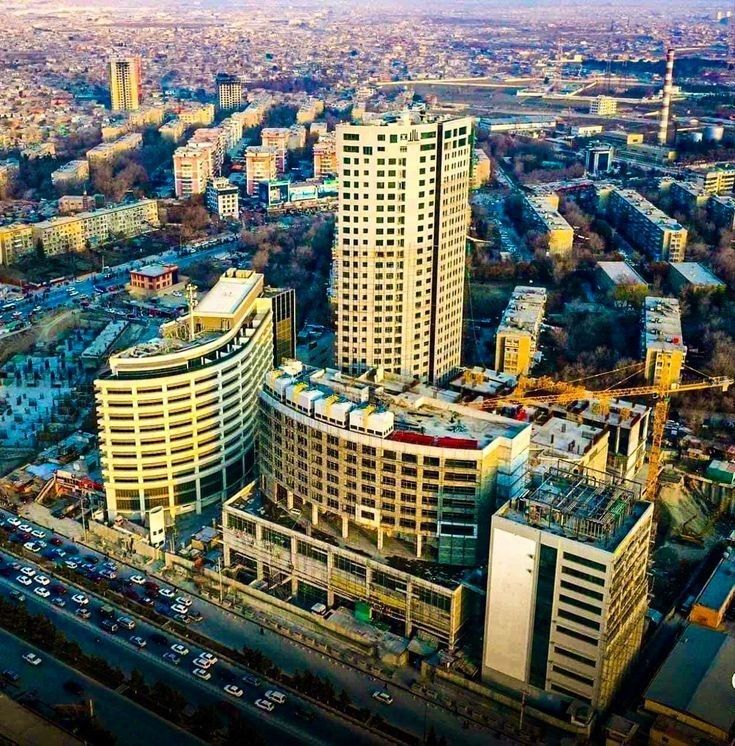
Why Visit?
- Discover Afghanistan’s history at the National Museum.
- Relax in the lush Babur Gardens.
- Experience the hustle and bustle of Kabul’s markets.
Tip: Stay aware of your surroundings and check travel advisories before visiting.
6. Panjshir Valley – Nature and History Combined
Tucked in the Hindu Kush mountains, Panjshir Valley is a paradise of green fields, winding rivers, and snow-capped peaks. It’s also a place of historical significance, known for its role in Afghanistan’s modern history. The valley is perfect for nature lovers and those seeking tranquility.
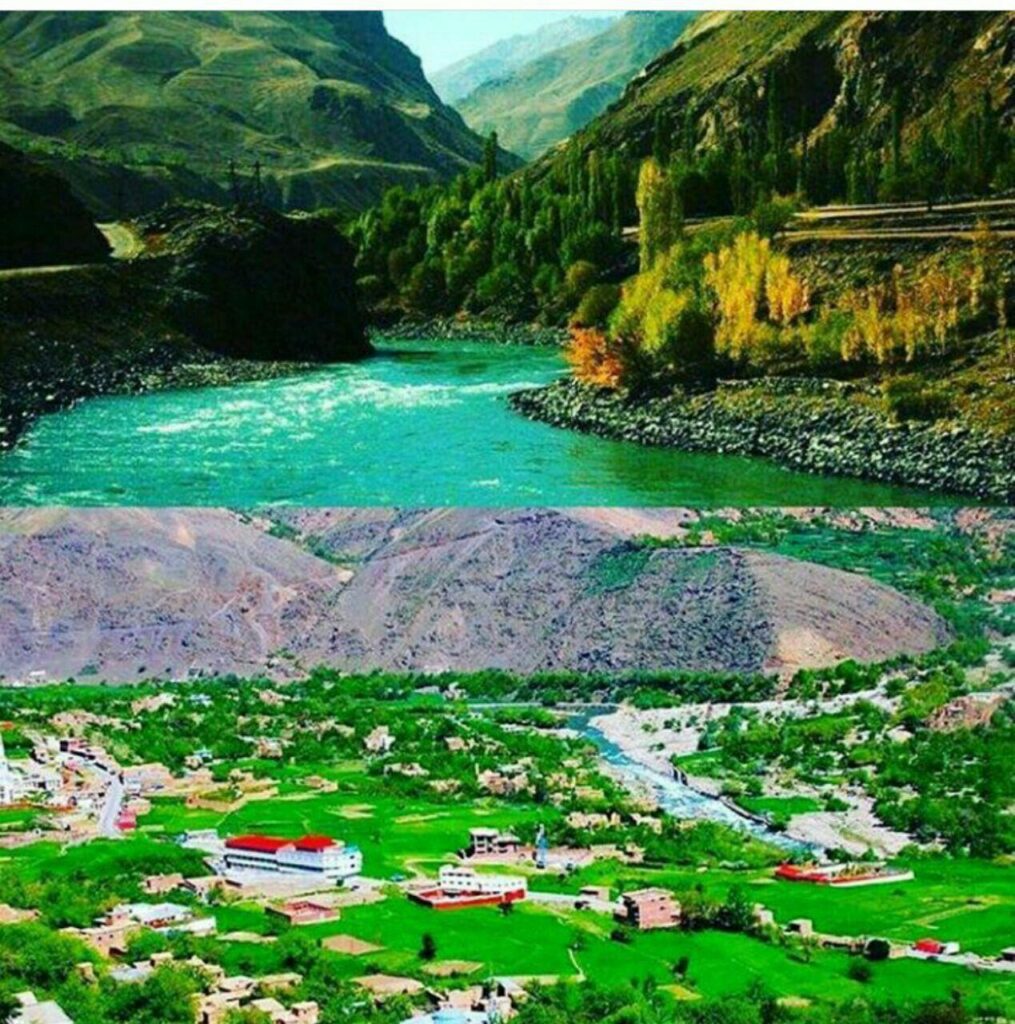
Why Visit?
- Hike through stunning landscapes.
- Visit the tomb of Ahmad Shah Massoud, a national hero.
- Enjoy the valley’s serene, rural vibe.
Tip: Summer is great for outdoor activities. A local guide can help navigate the trails.
7. Balkh – The Ancient City of Legends
Balkh, one of the oldest cities in the world, was once a hub of Zoroastrianism and Buddhism. Today, it’s a quiet town with a rich past, home to the Green Mosque and ancient ruins. Walking through Balkh feels like flipping through the pages of history.
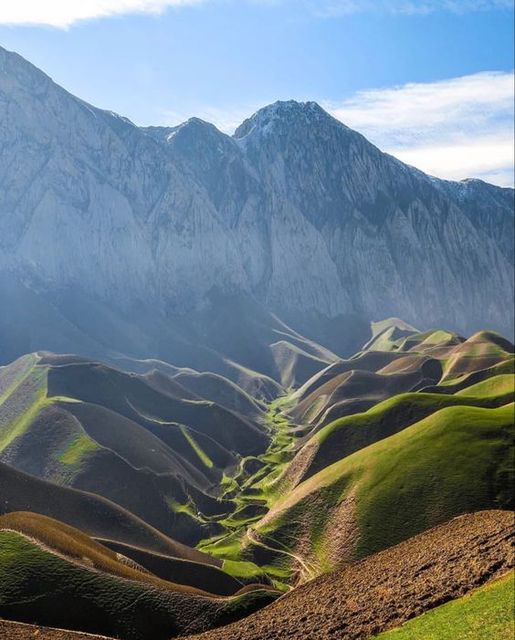
Why Visit?
- Explore the Green Mosque’s emerald beauty.
- Wander through the ruins of a 4,000-year-old city.
- Soak in the peaceful atmosphere.
Tip: Visit in fall for pleasant weather. Combine your trip with nearby Mazar-e Sharif.
8. Kandahar – A City of Stories
Kandahar, a historic city in southern Afghanistan, is known for its cultural and political significance. Visit the Mosque of the Sacred Cloak, explore the Chilzina View’s ancient inscriptions, or stroll through Aino Mina’s modern parks and mosques.
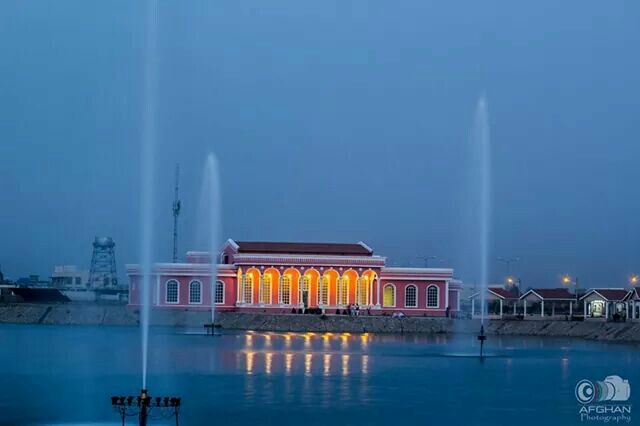
Why Visit?
- See the sacred Mosque of the Sacred Cloak.
- Climb the Chilzina steps for a panoramic city view.
- Experience Kandahar’s blend of tradition and modernity.
Tip: Check security updates before planning your visit, as the region can be unstable.
9. Kunduz – A Peaceful Retreat
Kunduz, in northern Afghanistan, is a lesser-known gem surrounded by fertile plains and the Kunduz River. It’s a great spot for travelers seeking an authentic, off-the-beaten-path experience. The city’s markets and rural charm make it a delightful stop.
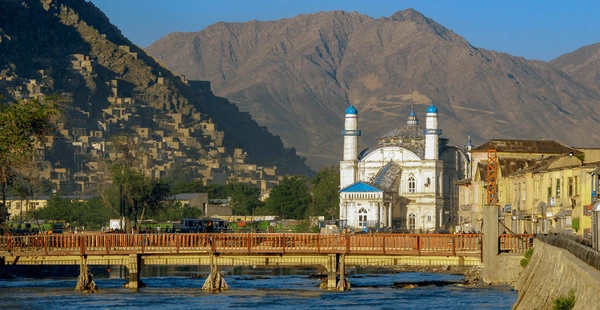
Why Visit?
- Explore vibrant local markets.
- Enjoy the lush, green countryside.
- Connect with friendly locals.
Tip: Visit in spring for blooming landscapes. A local guide can enhance your experience.
10. Fayzabad – Gateway to the Wakhan Corridor
Fayzabad, in the remote Badakhshan Province, is a peaceful town surrounded by the Hindu Kush. It’s a great base for adventurous travelers heading to the Wakhan National Park or the Afghanistan-Tajikistan border. The town’s bazaars and rural charm are a bonus.

Why Visit?
- Experience Afghanistan’s remote, mountainous beauty.
- Visit bustling bazaars for local crafts.
- Use Fayzabad as a starting point for Wakhan adventures.
Tip: Travel with a guide, as the region is isolated. Spring and summer are best for accessibility.
Tips for Traveling to Afghanistan
- Safety First: Always check travel advisories from sources like the U.S. State Department. Consider traveling with a reputable tour operator.
- Dress Modestly: Wear long sleeves and pants to respect local customs. Women should carry a headscarf.
- Hire Local Guides: They provide valuable insights and ensure safer navigation.
- Carry Cash: ATMs are unreliable, and most places don’t accept cards.
- Respect Culture: Be polite, avoid sensitive topics, and ask permission before taking photos of people.
- Best Time to Visit: Spring (April-June) and fall (September-October) offer mild weather.
Why Afghanistan Should Be on Your Travel List
Afghanistan isn’t your typical tourist destination, and that’s what makes it so special. It’s a place where you can connect with history, marvel at nature, and experience the warmth of Afghan hospitality. Each destination on this list offers a unique glimpse into a country that’s ready to share its stories with the world.
So, are you ready to embark on an unforgettable adventure? Plan carefully, travel respectfully, and let Afghanistan surprise you with its beauty and charm. Share your thoughts in the comments below, and let’s inspire more travelers to discover this incredible destination!
